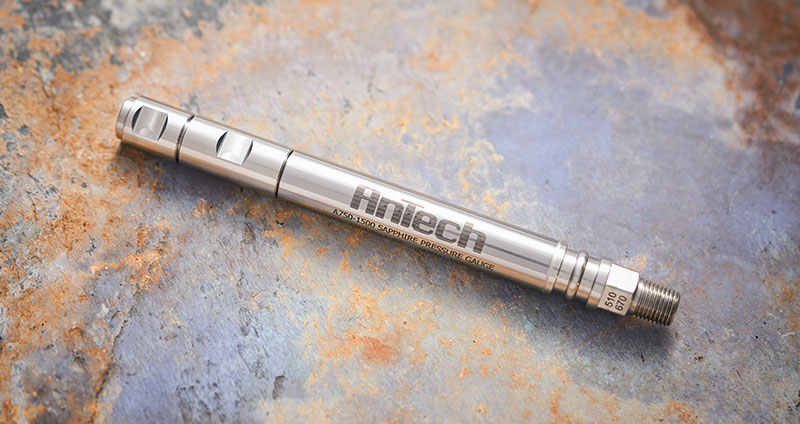API 6A Explained
‘ISO (the International Organization for Standardization) is a worldwide federation of national standards bodies’. International Standards are drafted in accordance with the rules stated in the ISO/IEC Directives. API standards are published to facilitate the broad availability of proven, sound engineering and operating practices. Any manufacturer marking equipment or materials in conformance with the marking requirements of an API standard is solely responsible for complying with all the applicable requirements of that standard.
As a manufacturer of completion and monitoring products, we have to be fully compliant with API 6A standards. For example, if we take a Wellhead Outlet, API 6A specifies requirements and gives recommendations for the performance, dimensional and functional interchangeability, design, materials, testing, inspection, welding, marking, handling, storing, shipment, purchasing, repair and remanufacture.
For every product that needs to comply to API 6A, you will need to first start at section 1.4 of the standards ‘Product Specification Levels - PSL’ which details five product specification levels.
Annex A provides guidelines for selecting an acceptable PSL.
PSL-1 is the minimum requirement of API Spec 6A for design, specification, qualification, temperature, process, inspection and hydrostatic test. For example, when picking a material’s class rating from what is listed as standard, a wellhead outlet’s commonly used material class would be FF which is Stainless steel. If a nonstandard material is chosen providing an explanation of why you have chosen a different material is necessary, giving reasons such as the material strength and hardness. Traceability is required until all the tests are passed.
PSL-2 Equipment meets all the requirements of API 6A PSL-1 and in addition to this, mandatory traceability is required throughout the entire production process and after completion.
PSL-3 Equipment meets all the requirements of API 6A PSL-2 with the Hydrostatic Test time extended, all our products are PSL3 qualified as standard. PSL-3G includes all the requirements of PSL 3 plus additional practices described in API 6A and requires an additional gas-testing requirement for assembled equipment.
Moving on to section 4.1 of the standards the ‘Design and Performance Requirements’. There are two performance requirement levels PR1 and PR2 with different design validation procedures.
PR1 is the basic level of testing and designing in accordance with material/temp/pressure specifications.
PR2 is a higher-level validation design procedure which, on occasion, can be requested by customers. This involves carrying out and applying the test procedures specified, such as pressure and temperature cycles. Pressure shall be monitored and controlled during temperature, see Figure 1, which shows the procedure that’s followed, the letters detailed correspond with specific instructions for example ‘d) Apply test pressure, minimum hold period 1 h, then release pressure’.

A third-party test house is used for carrying out the pressure and temperature tests, physically testing whether the product withstands the temperature and pressure specifications. Upon completion, a certificate is given to prove that the equipment has passed.
Once a PR2 validation is carried out on a product, it does not have to be repeated. Scaling may be used to validate other similar products if they are in accordance with the limitations set, such as the configuration and the design stress levels stay the same.
Any manufacturer of API 6A compliant products needs to have a good understanding of the standard. They also need to be able help their clients understand some of the fundamental requirements and how it impacts the design, testing and QA associated with it to ensure they supply compliant products.
Author: Emily Blackman
















